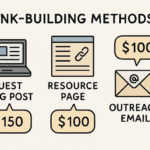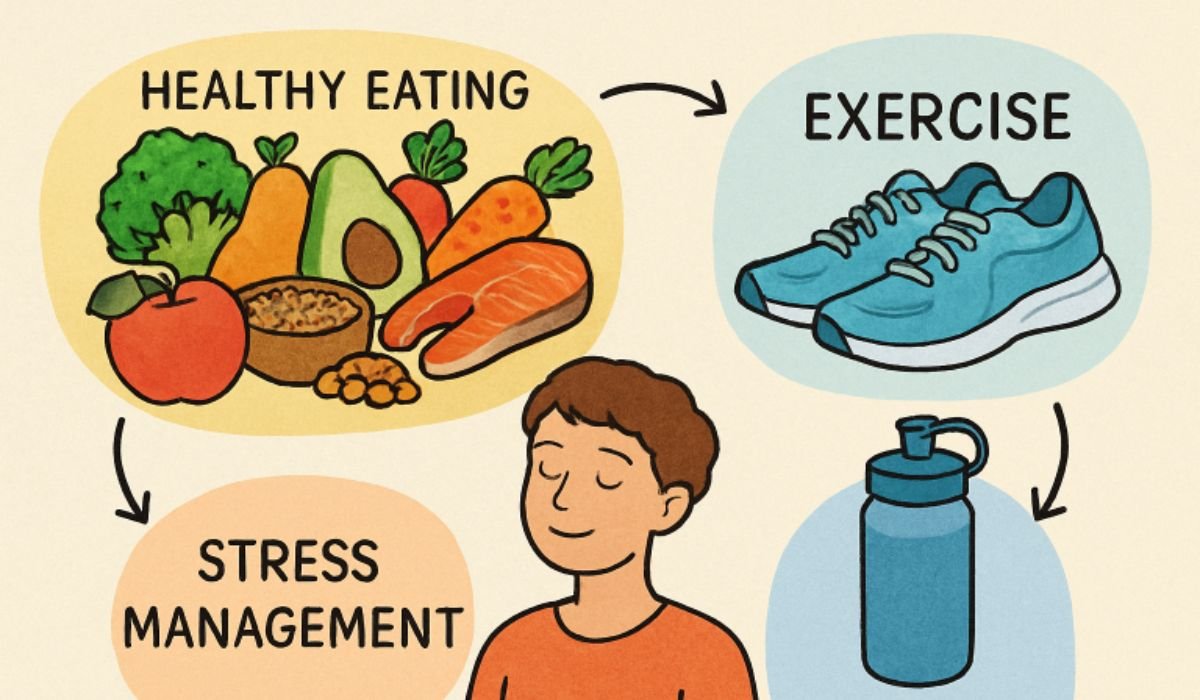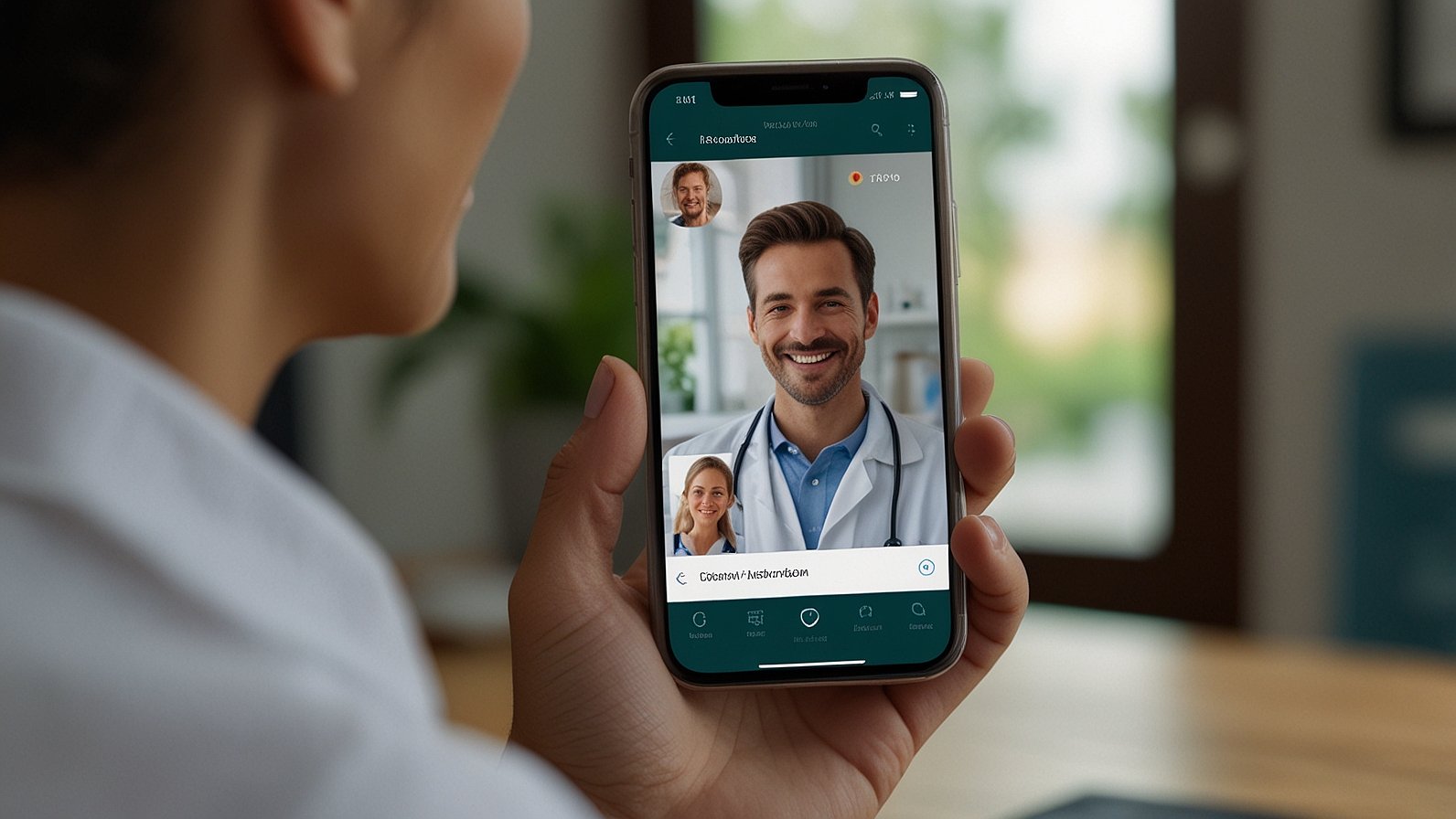Key Takeaways
- Preventive dental care is a proven way to save money and maintain better oral and overall health.
- Routine dental checkups can catch early signs of disease, reducing complications and long-term expenses.
- Maintaining healthy habits at home and regular dental visits delivers powerful health benefits.
- Overcoming barriers to dental care is easier thanks to community resources and flexible dental plans.
- Reliable research adds weight to the fact that prevention is more cost-effective than treatment.
- Dental coverage focused on preventive services is a wise investment for individuals and families.
- Emerging technologies and evolving health policies are making preventive care more accessible.
Table of Contents
- Why Preventive Dental Care Matters
- How Oral Health Impacts Overall Well-Being
- The Financial Benefits of Early Intervention
- Daily Habits That Make a Difference
- Common Barriers to Access and Solutions
- What the Research Shows
- Choosing the Right Dental Plan
- Future Trends in Preventive Dentistry
Why Preventive Dental Care Matters
Preventive dental care forms the backbone of lasting oral health and substantial cost savings over a lifetime. Many dental issues, such as cavities and gum disease, start with barely noticeable symptoms. When pain or sensitivity arises, treatment options can be complicated and costly. Regular exams and professional cleanings remove plaque and tartar, nip early problems in the bud, and allow providers to spot and address concerns before they escalate.
Making preventive care part of a routine is easier with information and coverage options like those found on www1.deltadentalins.com/individuals-and-families/plans/deltacare-usa.html. Access to resources on dental plans helps individuals and families understand what services are covered and how to get the most from their benefits. The peace of mind from proactive care isn’t just about avoiding pain—it’s about sidestepping emergency costs that can disrupt budgets.
How Oral Health Impacts Overall Well-Being
Oral health doesn’t exist in a vacuum—it profoundly affects the rest of the body. Neglected oral hygiene can lead to bacteria-laden plaque and tartar, which foster gum disease and tooth decay. The bacteria from chronic gum infections can enter the bloodstream, fueling inflammation that impacts the body’s organs and systems. Scientists have observed that people with ongoing dental problems are at higher risk for serious issues, including cardiovascular disease, diabetes, respiratory infections, and even pregnancy complications.
According to research from the School of Public Health, the mouth is often viewed as a “mirror” for overall health. Early signs of chronic conditions—like diabetes—usually appear first in the mouth. There’s even mounting evidence linking gum disease with cognitive decline and Alzheimer’s. Prioritizing dental hygiene goes far beyond keeping teeth white or breath fresh. Good oral health may add years to life and life to years.
The Financial Benefits of Early Intervention
Catching dental issues early on is not just less painful—it’s also less expensive. A routine filling is much cheaper than a root canal or crown, and dramatically more affordable than procedures to address advanced gum disease or tooth loss. Research in the Journal of Dental Research demonstrated a pronounced reduction in dental expenses when regular preventive services are used. The researchers found that for each dollar invested in preventive dental treatments, the avoided costs ranged from $8 to $50 for more serious interventions later on.
The benefits of early intervention ripple through daily life, too. People who make dental visits a habit tend to lose fewer workdays to emergencies and enjoy fewer disruptions to meal planning, sleep, and overall comfort. In families, children miss fewer school days for urgent dental problems, improving their academic performance alongside their health. Over the years, these savings on time, stress, and out-of-pocket costs can be considerable.
Daily Habits That Make a Difference
- Brush teeth with fluoride toothpaste at least twice daily—once in the morning and before bed.
- Floss daily to reach particles and plaque that your toothbrush can’t get between teeth and below the gum line.
- Limit snacks and beverages high in sugar. Bacteria feed on sugar and produce acids that erode enamel.
- Make water your go-to drink instead of sugary sodas or juices, especially after meals. Visit your dentist regularly for checkups, X-rays, and professional cleanings—even if you feel fine.
Consistent, mindful habits at home are a robust defense against dental decay and disease. For instance, a study in the Journal of the American Dental Association found that people who floss daily have a significantly lower risk of cavities and gum problems. Teaching kids good brushing and flossing routines early gives them a solid foundation for lifelong health, and small daily choices like mouthwash or chewing sugar-free gum after meals can further limit bacteria growth. Even busy adults benefit from reminders or setting a timer while brushing to ensure each session counts.
Common Barriers to Access and Solutions
Despite the proven benefits of regular dental care, millions of Americans face obstacles. According to CDC oral health statistics, cost is challenging, with one in four adults skipping visits due to financial constraints. Common hurdles include time pressures, lack of nearby providers, fear of painful treatments, and a simple lack of understanding about the value of preventive dentistry.
Solutions are becoming more widespread. State and community-run dental clinics offer essential services on a sliding scale or for free. Many dental insurance plans now focus heavily on preventive care, providing little or no copay for checkups and cleanings. Public health campaigns work to make oral hygiene a cultural norm from a young age, while mobile clinics and pop-up events reach underserved populations. Even employers are now investing in workplace dental plans, recognizing the long-term cost savings and improved employee wellness that come with better oral health.
What the Research Shows
Solid data backs up the power of preventive dentistry. Adults and children who have annual dental visits show lower rates of advanced tooth decay and gum disease and are less likely to rely on costly emergency dental services. According to the American Dental Association, preventable dental emergencies account for over $2 billion in ER costs every year in the U.S., costs that ripple out to individuals, families, and the broader healthcare system.
Regular dental checkups help dentists identify risks based on genetics, lifestyle, or changes in medical history, making personalized prevention possible. Careful tracking, professional advice, and minor interventions at an early stage spare people the pain—both physical and financial—of letting treatable issues become crises.
Choosing the Right Dental Plan
Dental plans differ, but one thing is clear: having coverage that prioritizes prevention pays off. Individuals and families should review their options with a close eye on copays for exams, cleanings, and X-rays. Some plans offer perks or rewards for making regular appointments, automatically sending reminders when you’re due for a visit. Choosing a plan that makes preventive care easy and affordable can be the nudge needed to keep oral health at the top of the priority list.
Review plan details carefully—look for included preventive services, annual maximums, or requirements about seeing in-network providers. A well-fitting plan helps turn good intentions into real habits, setting everyone up for less stress, fewer emergencies, and lower out-of-pocket dental costs for years.
Future Trends in Preventive Dentistry
The future of oral health is bright, thanks to innovation and shifting attitudes. Technology plays a greater role, from smart toothbrushes that track brushing habits to tele-dentistry platforms allowing remote consultations. Personalized dental care apps will soon offer evidence-based tips matching your oral health profile. Healthcare policymakers increasingly advocate for mandated coverage of preventive dental visits, aiming to make preventive care routine and expected as annual physicals.
These changes are making it even easier for everyone to embrace proactive health habits. As technology evolves and coverage options grow, maintaining a bright, healthy smile may soon be second nature for people of all ages.
READ ALSO: How Brokers Can Support Businesses with Dental Benefits



















